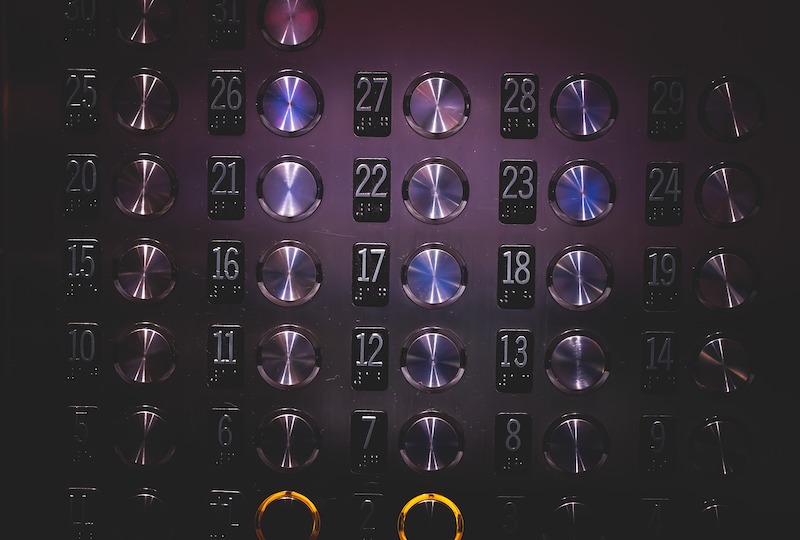A significant number of employees who work in office towers may be reluctant to return to work for fear of contracting the coronavirus in elevators.
That could result in hundreds of billions of dollars’ worth of office real estate continuing to go largely unoccupied. Cities and employers have taken steps to reduce risk, but they may not be enough.
For instance, New York City’s Department of Buildings’ COVID-19 task force has slashed in half the maximum capacity of elevators it oversees. But, previous maximum capacity was so high that the new rule is unlikely to provide comfort for users.
The risk of COVID-19 transmission in elevators is unsettled, but the risk may actually be low, experts say. Most elevators are well ventilated, and the short periods that people occupy the enclosed spaces translates into low risk. Wearing masks, not pressing buttons with bare fingers, and facing to the walls would further reduce the chances of contracting COVID-19 in an elevator.
Related Stories
| Nov 29, 2012
Government policies help accelerate adoption of green building
Green procurement policies or green building mandates can help accelerate the adoption of green building practices, according to research by Timothy Simcoe and Michael Toffel.
| Nov 26, 2012
Minnesota law to spur development, job creation produced few jobs
Legislation that allowed local governments to direct excess property tax dollars from tax-increment financing districts into other private developments was supposed to kick-start construction hiring in Minnesota.
| Nov 26, 2012
How to boost resilient systems that are sustainable
Cities of the future can be both more resilient and more sustainable by promoting strategies that include solar power and green roofs, programs that minimize demand for energy, rain gardens, and permeable pavement.
| Nov 26, 2012
Developer of nation’s first LEED platinum skyscraper focuses on carbon reduction
The Durst Organization, the developer of the first LEED platinum certified skyscraper in the country, says it will not seek LEED certification for its residential pyramid planned for New York’s West 57th Street.
| Nov 26, 2012
Questions linger over ability of Miami's newer high-rises to withstand hurricanes
Some towers in Miami, rebuilt after a hurricane in 2005, were allowed to be constructed under older building codes instead of newer ones created after Hurricane Wilma.
| Nov 26, 2012
Changes in development and building standards needed for health of Potomac River
The Potomac River’s health stands to suffer if the region does not change its development and building standards, according to the Potomac Conservancy.
| Nov 16, 2012
South Dakota prefers LEED over building code on state projects
“(LEED is) much better than a mandatory building code because you get a little wiggle room in these projects,” said Mike Mueller, a spokesman for the South Dakota Bureau of Administration.












